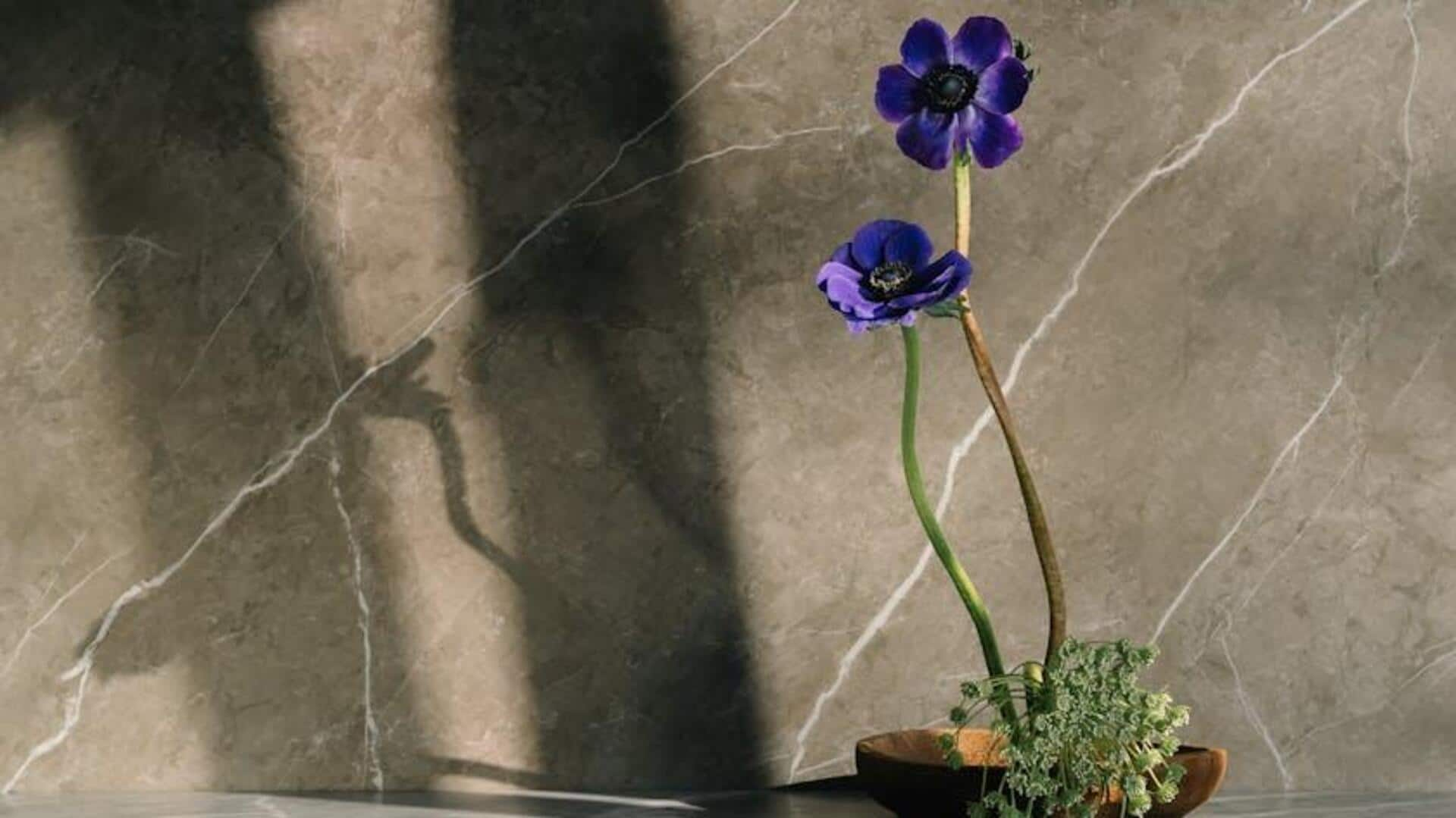
Ikebana: 5 facts you didn't know about this floral art
What's the story
Ikebana - the traditional Japanese art of flower arranging - is much more than putting flowers in a vase. It's a disciplined art form that brings nature and humanity together. Unlike the decorative way of merely putting flowers together, ikebana focuses on harmony, balance, and simplicity. Over centuries, this ancient practice has evolved, but remains a favorite of enthusiasts across the world with its unique philosophy and aesthetic principles.
Origins
Historical roots of Ikebana
Ikebana goes all the way back to the sixth century when it came to Japan with Chinese Buddhist missionaries. First used as floral offerings, it slowly developed into an art-form, practiced by samurai warriors and aristocrats. Over the years, many schools came up, each with its own style and interpretation of the ancient tradition.
Harmony
The philosophy behind Ikebana
The philosophy of ikebana is deeply rooted in achieving harmony between nature and humanity. Practitioners focus on creating arrangements that reflect natural beauty while maintaining balance among elements like line, space, texture, and color. This mindful approach encourages a deeper connection with nature, emphasizing the importance of simplicity and the thoughtful placement of each element to convey a message or emotion.
Simplicity
Minimalism in design
Ikebana is unique for its minimalist design, unlike Western floral arrangements that are usually all about abundance and a riot of colors. Using limited materials, ikebana seeks to create the most impactful of compositions. These arrangements celebrate the beauty of each individual element, simplicity being the theme. This makes way for creating stunning visual statements that highlight the beauty of minimalism.
Seasonality
Seasonal significance in arrangements
Seasonality is a key aspect of ikebana, reflecting the changing seasons by incorporating seasonal blooms and foliage. These elements symbolize renewal or transition within natural cycles. For instance, spring blossoms are used to represent new beginnings, while autumn leaves might signify the change. This approach ensures that each arrangement uniquely captures the essence of the current season, making every creation a timely reflection of nature's ongoing cycle.
Learning
Educational value for practitioners
Practicing ikebana has its educational benefits beyond just artistic expression. It teaches you patience through careful observation it requires you to make during the creation process. Along with fostering appreciation for subtle details found within the natural world around us, thus enhancing overall understanding about interconnectedness between humans and the environment they inhabit.